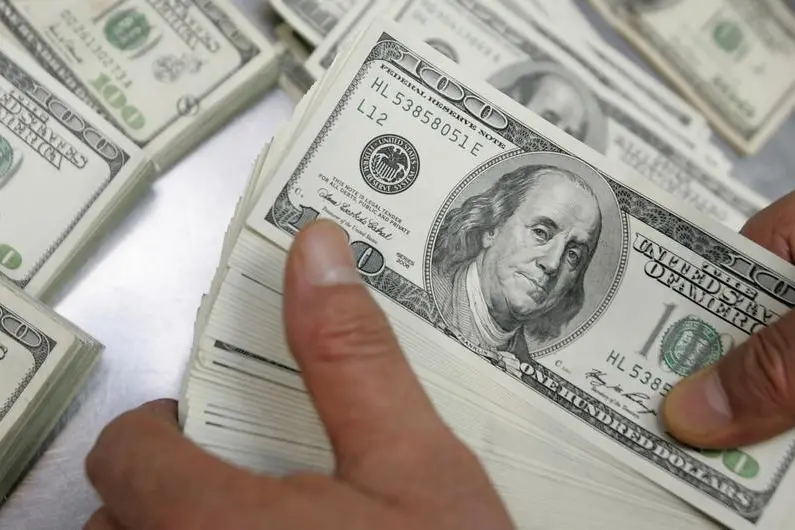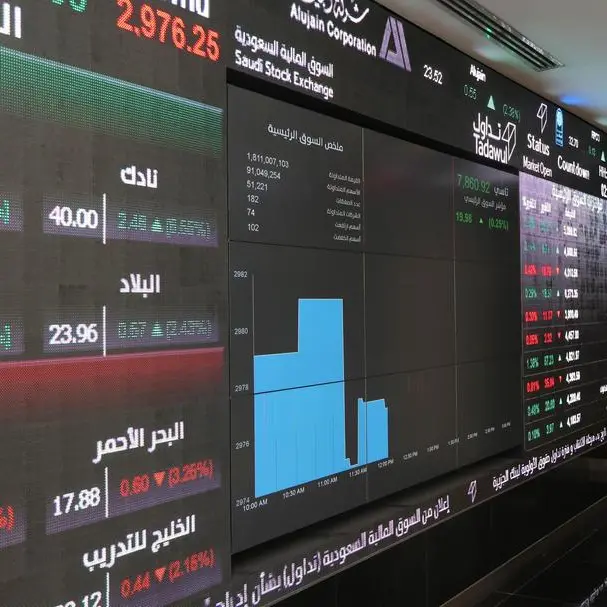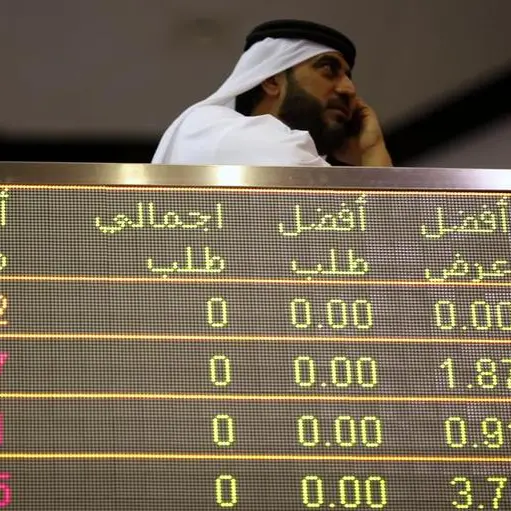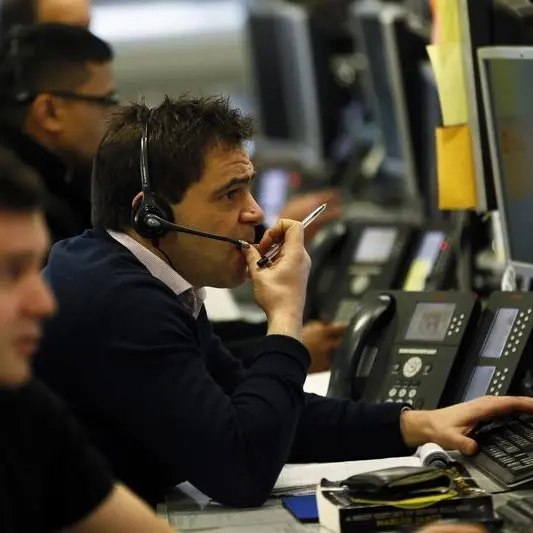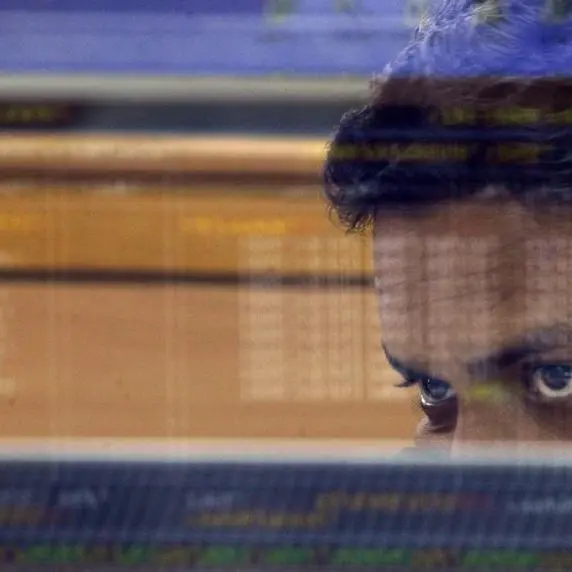PHOTO
LONDON- The dollar rose modestly on Wednesday before a widely anticipated Federal Reserve interest rate hike priced in by investors still on edge about a trade row between the United States and China.
The Fed is expected to raise interest rates for the eighth time since late 2015. Investors are also counting on another rate increase by the end of the year. The outlook for 2019 is less clear.
Focus will be on the central bank's policy outlook and any comments on the global trade dispute.
"We expect (the Fed) to signal future hikes are warranted, but more explicitly to acknowledge the downside risks associated with trade and international financial conditions," said Hans Redeker, global head of FX strategy.
The meeting could temporarily lift the dollar, he said, but a long-term boost was unlikely.
The dollar could also move if there are any noticeable changes in the "dot plots", according to Fawad Razaqzada, a market analyst at FOREX.com in London. Fed officials' median projection on the number of rate increases is commonly referred to as its dot plot.
Global markets have been unsettled in the past few months because of a heated trade dispute between the world's two largest economies that has stoked uncertainty about the outlook for global growth.
China on Wednesday said it will cut import tariffs for products including machinery and electrical equipment as the country braces for an escalating trade war with the United States.
The cuts are expected to lower costs for consumers and companies by about 60 billion yuan ($8.73 billion) this year.
After the announcement the dollar index, which measures the U.S. currency against six major currencies, rose 0.2 percent to trade at 94.283. It still remained within reach of a 2 1/2-month low of 93.814 touched on Friday.
This year began with the dollar retreating, but a hawkish rate outlook and the U.S.-China trade dispute have made it a safe haven for investors. In recent weeks, though, it has lost ground as other economies, such as the euro zone, improved and moved closer to tightening monetary policy.
The dollar index has slipped about three percent since mid-August.
The euro traded down 0.2 percent at $1.1743. It had touched a 3 1/2-month high on Monday after ECB President Mario Draghi expressed confidence in euro zone inflation and wage growth.
Some analysts said the euro has been supported recently by signs Italy's anti-establishment coalition is likely to reach a compromise over its 2019 budget.
Minori Uchida, MUFG Bank's chief currency analyst, said appetite for risk has increased as the impact of U.S. tariffs on Chinese goods remains relatively small.
The United States imposed fresh tariffs of 10 percent on $200 billion worth of Chinese goods on Monday, which will rise to 25 percent at the end of 2018.
The Australian dollar tacked on 0.2 percent to $0.7272.
The New Zealand dollar advanced 0.4 percent to $0.6699 after a survey showed a surprising bounce in business sentiment in September from a decade low.
The pound traded down 0.3 percent at $1.3138 after rising about half a percent during the previous session. ($1 = 6.8724 Chinese yuan renminbi)
(Additional reporting by Daniel Leussink in Tokyo, Editing by Larry King, William Maclean)
